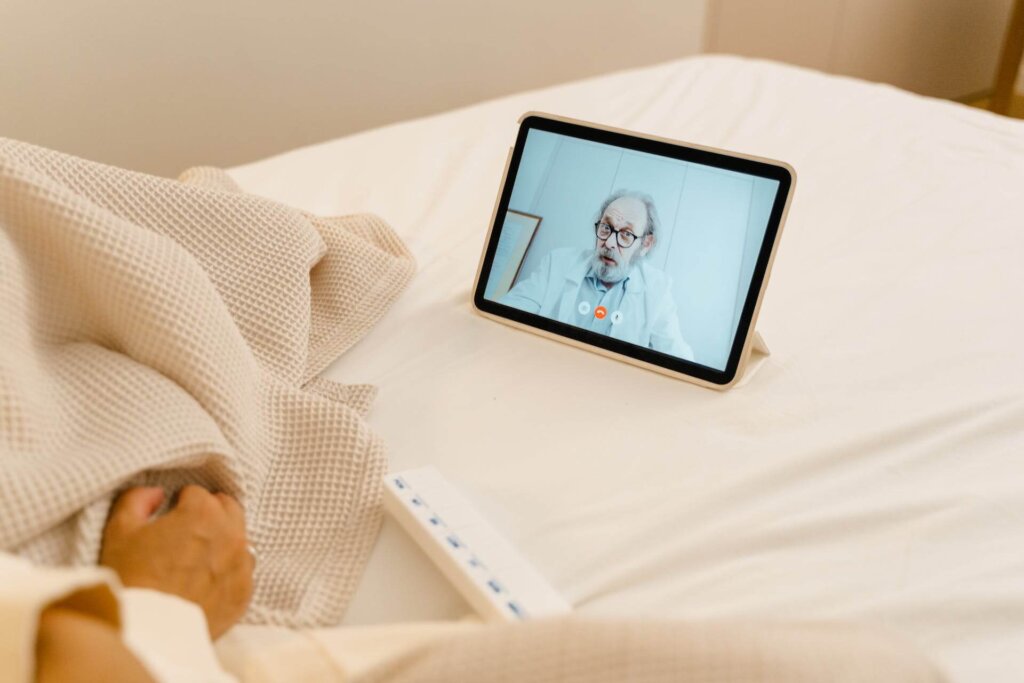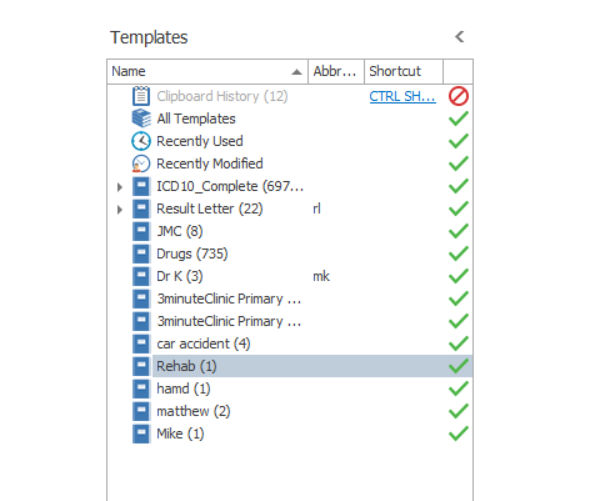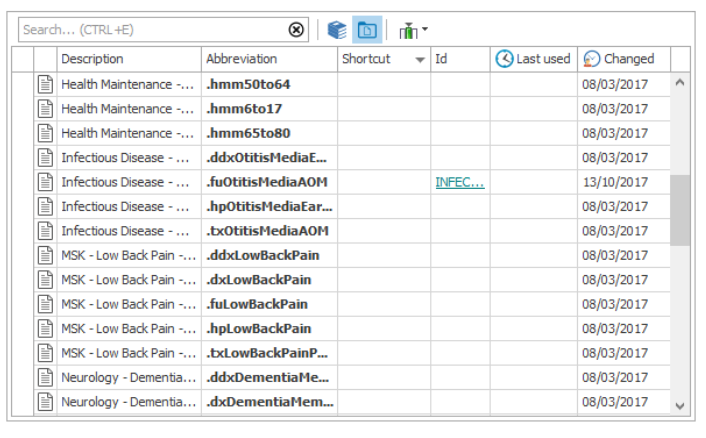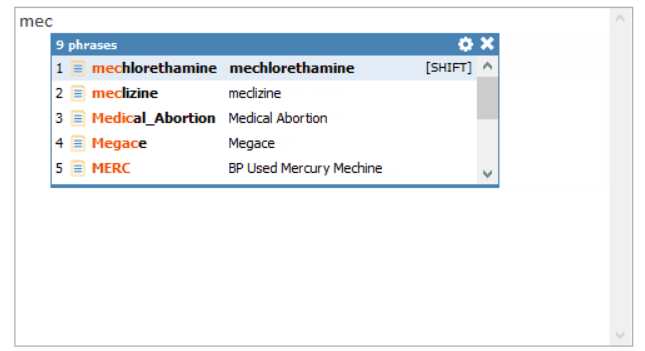In the ever-evolving field of medicine, medical professionals constantly seek to improve their practices while offering the best attainable care for their patients. Physicians must discover ways to improve their practice to stay ahead in this ever-changing field.
This article will examine 16 simple ways to improve your physician practice.
16 Ways to Improve Your Practice
Quality patient care requires a commitment to continuous improvement in your medical practice. Sadly, becoming oblivious to these realities in today’s fast-paced society is easy. Let’s look at sixteen ways to improve your physician practice.
1. Ensure Effective communication
Dissatisfaction and disagreements can arise when physicians and patients cannot effectively communicate.
Better communication protocols and technologies, including secure chat platforms or patient portals, are needed when patients repeatedly complain about a lack of clear communication.
Some examples include FollowMyHealth, EpicMyChart, Healthgrades, and Cerner HealthELife.
2. Adopt Technology

Technology and medicine go hand in hand in the modern era. The use of technology by medical doctors has the potential to speed up operations and enhance the quality of care provided to patients.
Technology can improve physicians’ practice using electronic medical records (EMRs), telemedicine, and online patient portals. Examples include:
- Veradigm
- Meditech
- NextGen
- eClinicalWorks
- TeladocHealth
- DoctorOnDemand
3. Don’t Stop Learning
New therapies, methods, and studies emerge frequently in the medical field. You must keep up with evidence-based practice to give your patients the best care possible.
Continuing medical education (CME), seminars, webinars, and so on are all ways to keep learning. You should also motivate your team to do the same since having an educated group of employees will do wonders for the success of your practice.
In a systematic review by Dave Davis, several studies found that continuing medical education effectively improved physician performance. In another study by Amy et al., 90% of physicians involved in continuing medical education were satisfied with their knowledge of new advances in medical development.
4. Improve Patient Experience

Care that goes above and beyond for patients includes more than just good diagnosis and treatment. The satisfaction of your patients is also essential for your practice.
For example, a patient satisfaction survey conducted in a hospital in the USA reported a 33% patient satisfaction rate in the hospital. This suggests room for improvement in patient care in the hospital.
Encourage your team to keep open lines of communication, be approachable, and care about their patients.
5. Set Up an Efficient Workflow and Timetable
Managing your practice’s schedule and workflow well can substantially impact output. To reduce waiting times, try using scheduling tools such as Google Calendar or Setmore to optimise appointments.
Patient satisfaction and wait times can be improved with better scheduling systems, optimized workflow processes, and sufficient staffing.
Reducing administrative costs and enhancing patient care depends on efficient workflows, such as delegating duties and effective communication among team members.
6. Form a Habit of Constant Improvement
A culture that encourages constant growth and development succeeds. Inspire your staff to offer suggestions on how to improve office procedures, patient care, and communication.
The quality of care you deliver to your patients can be improved through regular interactions with your team to review their observations and comments.
7. Ensure Conformity With Regulatory Requirements

Complying with all relevant laws and ethics is paramount in the healthcare profession. If you want to avoid legal trouble, you must keep up with medical standards and changes in law.
By staying informed about regulatory changes, such as updates to privacy regulations or changes in billing practices, you can proactively adjust your practice to align with the latest requirements.
8. Invest in the Professional Development of Your Team
Your team’s quality is vital to your medical practice’s progress. A more competent and enthusiastic team may result from investing in training and professional development.
The result is better patient treatment and less need for costly and time-consuming recruitment and retraining efforts.
According to reports from the Association for Talent Development, the cost of training an employee is approximately $1,280. This means investing in your team’s professional development is more cost-effective than finding and training new ones.
9. Work Together With Other Medical Experts
Establishing productive working relationships with other healthcare team members can improve patient outcomes and physician practice.
Patients can be sure of getting the highest quality care because of this teamwork-based approach. You should talk to other professionals and create communication channels to improve your practice.
10. Train Your Staff

Your team will get to communicate with your patients before they see you. Ensure your staff is well-trained in making a positive first impression and answering any queries patients may have about your practice.
Your team should be familiar with your services and be prepared to answer questions about prices, procedures, and consultations.
11. Deploy the Right Tools for Medical Documentation
In today’s healthcare, efficient and precise medical documentation is not only a need; it’s the cornerstone of effective patient care.
Medical doctors who want to advance their careers can no longer afford to rely on paper records and handwritten notes; instead, they need to adopt suitable software for medical documentation.

Medical documentation tools such as PhraseExpander help to improve patient care. Facilitating safe and secure documentation and collaboration between healthcare professionals.
Furthermore, PhraseExpander reduces the likelihood of medical record errors and speeds up your documentation process.
Let’s examine how PhraseExpander can be your best friend for quality improvement when writing medical notes.
Customizable Templates
You don’t need to be a computer whiz to use PhraseExpander to make your templates, which means that popular phrases, drugs, and evaluation instruments can all be transformed into templates.

You can create a new note from scratch rather than copying, pasting, and altering an existing note, which can lead to embarrassing blunders and the accidental disclosure of sensitive information.
In addition, PhraseExpander provides an in-built repository of pre-formed medical templates.
Saves Time and Energy
After initial setup, PhraseExpander provides a far more reliable (and less stressful) documentation method than manual methods like typing lengthy interviews or examining transcribed notes.

PhraseExpander automatically stores your frequently used words or phrases, which means you’ll spend less time documenting your patient history or writing a medical report.
Medication and Word Completion Autofill
Once you put up the templates in PhraseExpander, you can effortlessly autocomplete medicine names and other lengthy terms or phrases while examining your patients.

PhraseExpander is a more dependable and less tasking alternative to typing long notes by hand or reading through transcribed notes.
Get Started with PhraseExpander
Want to learn what PhraseExpander can do for you? Start your free trial
12. Avoid Burnout

Some medical professionals put their careers before everything else, leaving them with little personal time.
Some are so focused on their medical careers that they have no time for anything else. You must ensure that you do not belong in this group.
You risk experiencing burnout if you constantly work nonstop without rest or holidays.
What may have started as enthusiasm and determination can quickly become burnout, robbing you of the fulfilment you once found in your chosen field of medicine.
13. Give Patients Useful Information and Help
Your credibility as a caring, knowledgeable doctor will increase if you provide patients with access to a multitude of resources, both online and offline.

In addition to providing waiting room visitors with health booklets, consider developing a website that features educational videos on pressing medical topics.
Professional blogs of high quality are another excellent medium for reaching and communicating with an online audience.
14. Build a Solid Patient Feedback System
Patient feedback is essential for the ongoing development of a successful practice. Create a method for gathering and analyzing patient comments, such as questionnaires, suggestion boxes, and follow-up calls after appointments.
This data can help pinpoint specific places that could use some attention. If you ask patients for anonymous input, you may learn about your practice that you wouldn’t have noticed otherwise.
People will be more willing to participate and give honest answers if they know they won’t be named.
15. Learn to Delegate
It is unrealistic to expect physicians to juggle every task independently in a busy clinic. However, smart delegation can help you get everyone (including yourself) home on time.
Many physicians often avoid delegation because they fear losing ownership of their practice or having it messed up by someone else. They have a point, and it is understandable.
If you find it challenging to delegate duties, follow the advice below to become a more effective delegator:
- Carefully consider the responsibilities you delegate to others.
- Consider the employee’s skills, experience, and professional goals when deciding what tasks to assign them.
- Take time to explain how you want the delegated task to be completed
- Don’t micromanage after delegating a task.
- Understand that everyone goes through a learning curve.
Keep delegating as your workers demonstrate they can take on greater responsibility.
16. Ensure Employees are Comfortable
Everyone on your team is focused on helping your medical practice expand and improve. You must maintain a comfortable environment where your team can thrive because that’s the key to the success of your practice as a physician.
In Conclusion
Improving your medical practice is an ongoing process of embracing technology, collaboration, and continuous development. A prime example of this forward-thinking technology is PhraseExpander, meticulously crafted to cater specifically to the needs of doctors.
These strategies elevate patient care and ensure your practice’s adaptability in the evolving healthcare landscape.
By leveraging PhraseExpander, you can swiftly accomplish extensive documentation, bypass the challenges associated with deploying transcription services, eliminate errors, and, most importantly, enhance the overall efficiency of your practice as a physician.
